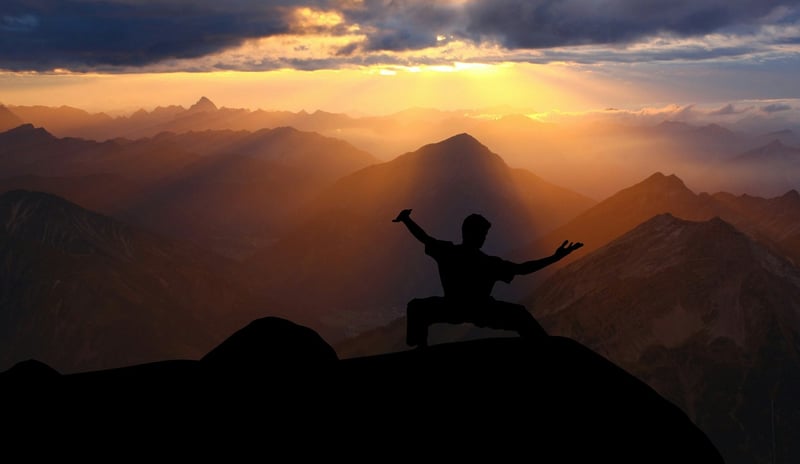Slow movements
The Art of Harmony and Balance Through Slow Movements

Life in the modern world can often be fast-paced and overwhelming. Finding moments of peace and tranquility can seem like a luxury. However, incorporating slow movements into your routine can help restore balance and harmony in your life.
What are Slow Movements?
Slow movements involve performing physical activities at a deliberately slower pace, focusing on each movement's quality and intention. This mindful approach allows for a deeper connection between the body and mind, promoting relaxation and inner peace.
The Benefits of Slow Movements
- Reduces stress and anxiety
- Improves focus and concentration
- Enhances body awareness
- Promotes relaxation and calmness
- Increases flexibility and mobility
Practicing Harmony and Balance
Integrating slow movements into activities like yoga, tai chi, or qigong can help you achieve harmony and balance in both body and mind. These practices emphasize graceful, deliberate movements that flow seamlessly, creating a sense of unity within oneself and with the surrounding environment.

How to Incorporate Slow Movements into Your Routine
- Start your day with a few minutes of gentle stretching or yoga.
- Take short breaks throughout the day to practice deep breathing exercises.
- Attend a tai chi or qigong class to learn slow, flowing movements from experienced instructors.
- Practice mindfulness while performing daily tasks, focusing on each movement consciously.
By embracing slow movements and mindfulness in your daily life, you can cultivate a sense of harmony and balance that will positively impact your overall well-being. Take the time to slow down, breathe, and connect with your inner self.
